Solving the Mystery of Their Origin and Purpose
As one of the world’s great unsolved mysteries, the Nazca Lines have inspired a plethora of theories to explain their origin and purpose. These Nazca Lines theories range from the mundane (built as part of an irrigation system) to the downright mind-blowing (landing sites for alien spacecraft). Let’s explore a few of these Nazca Lines theories below.
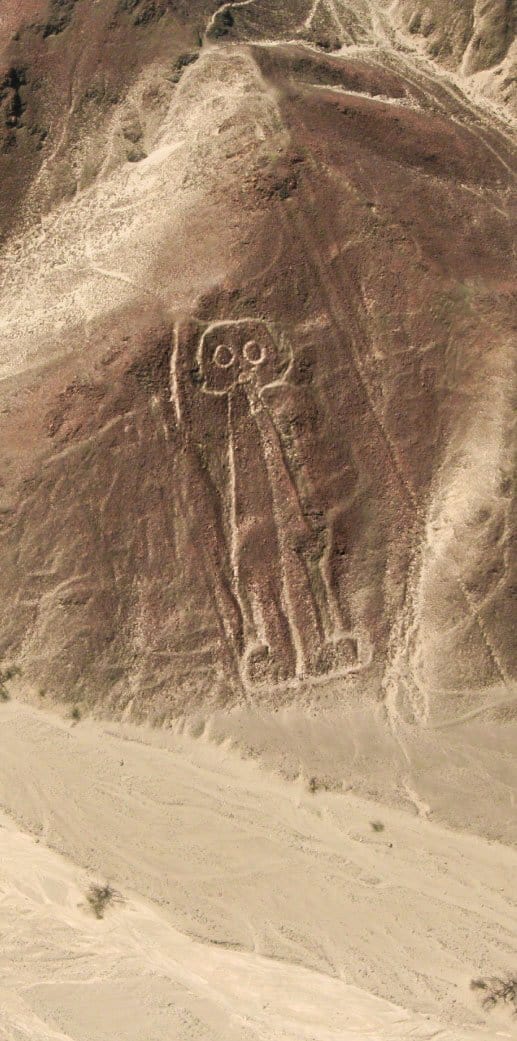
Ancient Astronauts
Without a doubt the most infamous theory about the Nazca Lines’ origin was that proposed by Erich Von Däniken in his 1968 book Chariots of the Gods. This theory held that ancient Nazca was the landing site for an extraterrestrial spacecraft. The alien beings supposedly imparted the local people with special knowledge and technology before returning to their home planet. After the departure of these ancient astronauts, the Nazca culture built a series of giant images and designs as messages to the extraterrestrial beings, whom they viewed as gods.
This theory has achieved widespread notoriety after being featured in the popular History Channel series Ancient Aliens. In early 2018, images of a Nazca mummy resembling stereotypical depictions of extraterrestrials went viral on internet social networks. The academic credentials and research methods of the Russian researcher behind these images have since been called into question, but the images have brought even more attention to this far-out theory.
Hot Air Ballons
Another slightly off-the-wall theory was proposed by Jim Woodman in the 1970’s. He concluded that the only way the Nazca people could have constructed these lines in the sand would have been to achieve flight. This presumption was not based on any particular evidence, though he did claim to have found a pottery fragment depicting a hot air balloon (a claim that most people consider spurious). He eventually built a hot air balloon using local materials in order to test his theory. After several failed attempts, the balloon was finally able to take flight, though only for a few minutes.

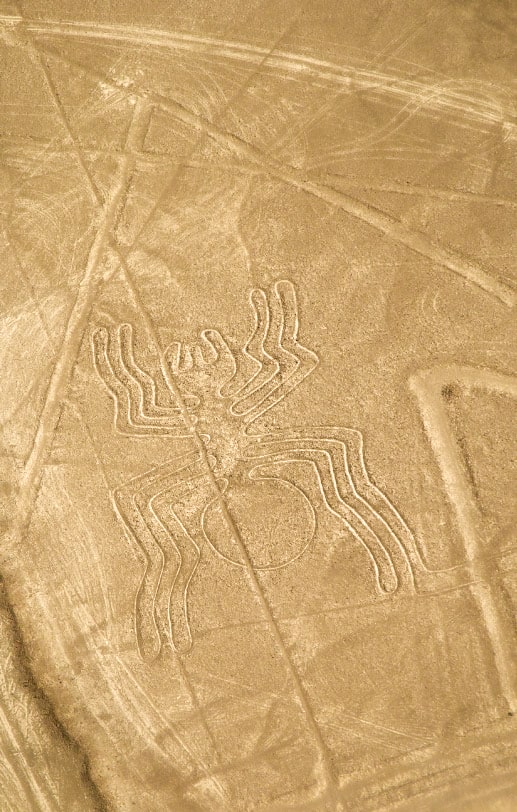
Giant Solar Calendar
This was the theory proposed by Nazca’s most famous researcher, the German-born Maria Reiche who dedicated her life to studying and preserving the lines. She believed that the site held special astronomical significance, with the sun’s positioning in relation to the designs acting as a giant solar calendar. This allowed the people of the Nazca culture to observe solstices and equinoxes as well as predict things like solar eclipses. Reiche was a steadfast critic of the Von Däniken theory, and worked to debunk it by emphasizing the connection between the geoglyph designs and other elements of Nazca culture, such as pottery. Attempts to verify her own theory have been inconclusive, but it nevertheless remains an influential view.
Water-Cult Ritual Sites
One of the most compelling theories about the origin and purpose of the Nazca lines was first proposed by a group of American researchers including Johan Reinhard. This theory holds that, due to the incredible aridity of the Nazca Desert (the area receives only about 20 minutes of rain for the entire year), the most likely explanation for the designs is that they were incorporated in ancient rituals imploring the gods for rain. Researchers point out that animal symbolism is common at ritual sites throughout the Andes, so the use of these designs in religious ceremonies is the most logical explanation for their construction.
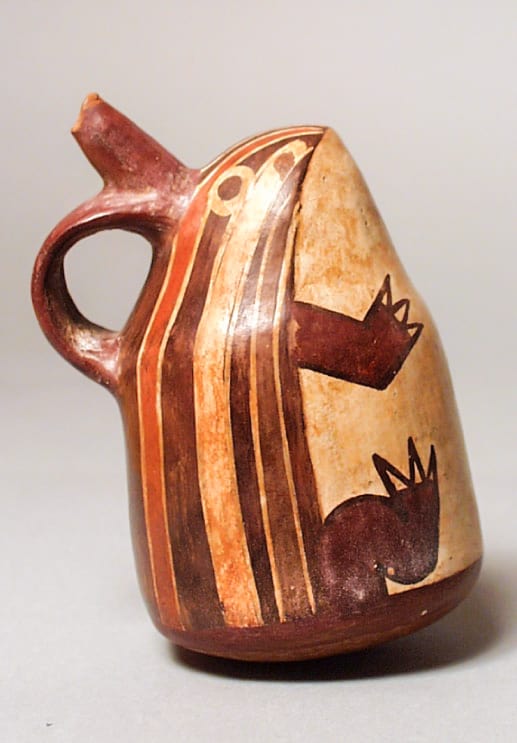
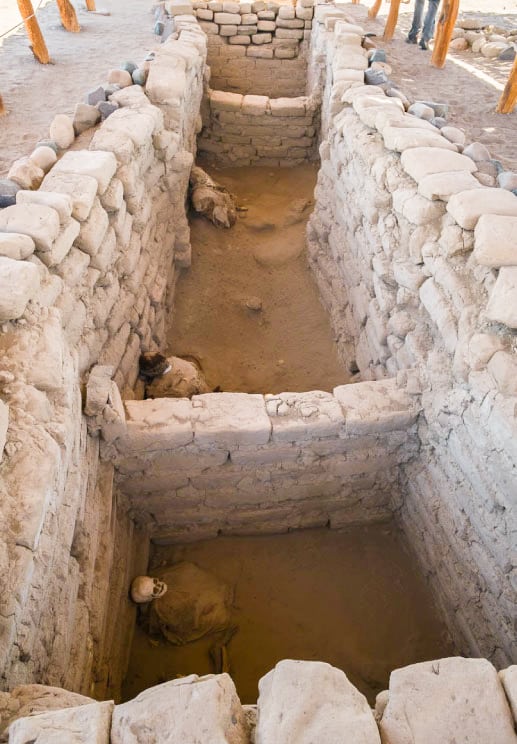
Sacred Pathways
Similarly, the researcher Michael Coe has suggested that the lines represented a sort of sacred walkway which that Nazca people would walk as part of ritual ceremonies. The primary lines were considered an offering to the mountain gods for providing water to grow crops. Worship of mountain gods is a common feature of many Andean religions.
Geometric Convergence
In another variation on the water-cult theory, Professor Anthony Aveni has noticed that the Nazca lines seem to converge in spoke patterns and trapezoids. This point of convergence is at the spot where surface water enters the river valleys or at patches of elevated land between streams. This nexus point would be the ideal place for rituals to thank the gods for providing water.
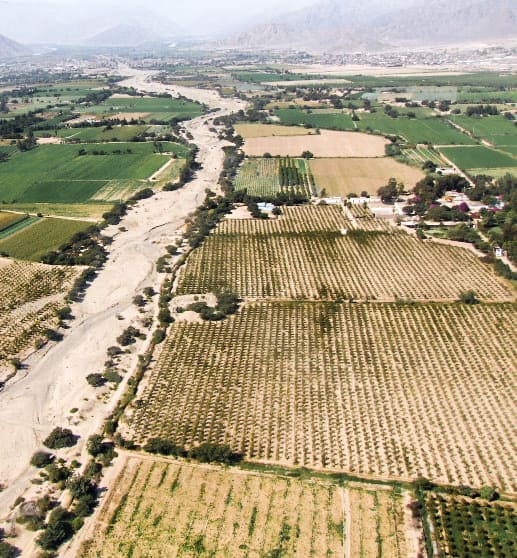
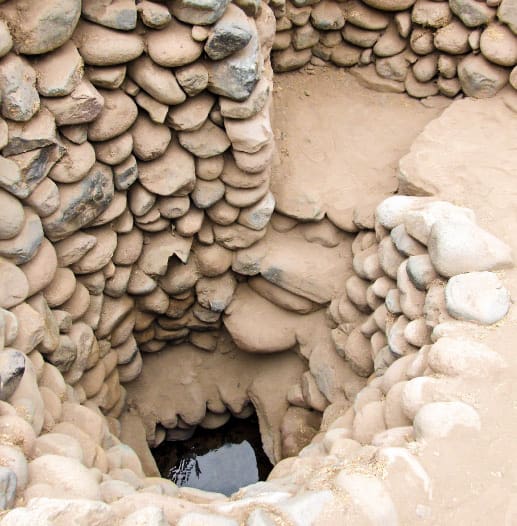
Water Source Markers
Independent researcher David Johnson believes that the Nazca lines were actually markers for subterranean aquifers, the location of which he has identified using a controversial method known as dowsing. His theories conflict with the prevailing understanding of Andean agricultural methods.

Ancient Astronauts
Without a doubt the most infamous theory about the Nazca Lines’ origin was that proposed by Erich Von Däniken in his 1968 book Chariots of the Gods. This theory held that ancient Nazca was the landing site for an extraterrestrial spacecraft. The alien beings supposedly imparted the local people with special knowledge and technology before returning to their home planet. After the departure of these ancient astronauts, the Nazca culture built a series of giant images and designs as messages to the extraterrestrial beings, whom they viewed as gods.
This theory has achieved widespread notoriety after being featured in the popular History Channel series Ancient Aliens. In early 2018, images of a Nazca mummy resembling stereotypical depictions of extraterrestrials went viral on internet social networks. The academic credentials and research methods of the Russian researcher behind these images have since been called into question, but the images have brought even more attention to this far-out theory.

Hot Air Ballons
Another slightly off-the-wall theory was proposed by Jim Woodman in the 1970’s. He concluded that the only way the Nazca people could have constructed these lines in the sand would have been to achieve flight. This presumption was not based on any particular evidence, though he did claim to have found a pottery fragment depicting a hot air balloon (a claim that most people consider spurious). He eventually built a hot air balloon using local materials in order to test his theory. After several failed attempts, the balloon was finally able to take flight, though only for a few minutes.

Giant Solar Calendar
This was the theory proposed by Nazca’s most famous researcher, the German-born Maria Reiche who dedicated her life to studying and preserving the lines. She believed that the site held special astronomical significance, with the sun’s positioning in relation to the designs acting as a giant solar calendar. This allowed the people of the Nazca culture to observe solstices and equinoxes as well as predict things like solar eclipses. Reiche was a steadfast critic of the Von Däniken theory, and worked to debunk it by emphasizing the connection between the geoglyph designs and other elements of Nazca culture, such as pottery. Attempts to verify her own theory have been inconclusive, but it nevertheless remains an influential view.

Water-Cult Ritual Sites
One of the most compelling theories about the origin and purpose of the Nazca lines was first proposed by a group of American researchers including Johan Reinhard. This theory holds that, due to the incredible aridity of the Nazca Desert (the area receives only about 20 minutes of rain for the entire year), the most likely explanation for the designs is that they were incorporated in ancient rituals imploring the gods for rain. Researchers point out that animal symbolism is common at ritual sites throughout the Andes, so the use of these designs in religious ceremonies is the most logical explanation for their construction.

Sacred Pathways
Similarly, the researcher Michael Coe has suggested that the lines represented a sort of sacred walkway which that Nazca people would walk as part of ritual ceremonies. The primary lines were considered an offering to the mountain gods for providing water to grow crops. Worship of mountain gods is a common feature of many Andean religions.

Geometric Convergence
In another variation on the water-cult theory, Professor Anthony Aveni has noticed that the Nazca lines seem to converge in spoke patterns and trapezoids. This point of convergence is at the spot where surface water enters the river valleys or at patches of elevated land between streams. This nexus point would be the ideal place for rituals to thank the gods for providing water.

Water Source Markers
Independent researcher David Johnson believes that the Nazca lines were actually markers for subterranean aquifers, the location of which he has identified using a controversial method known as dowsing. His theories conflict with the prevailing understanding of Andean agricultural methods.